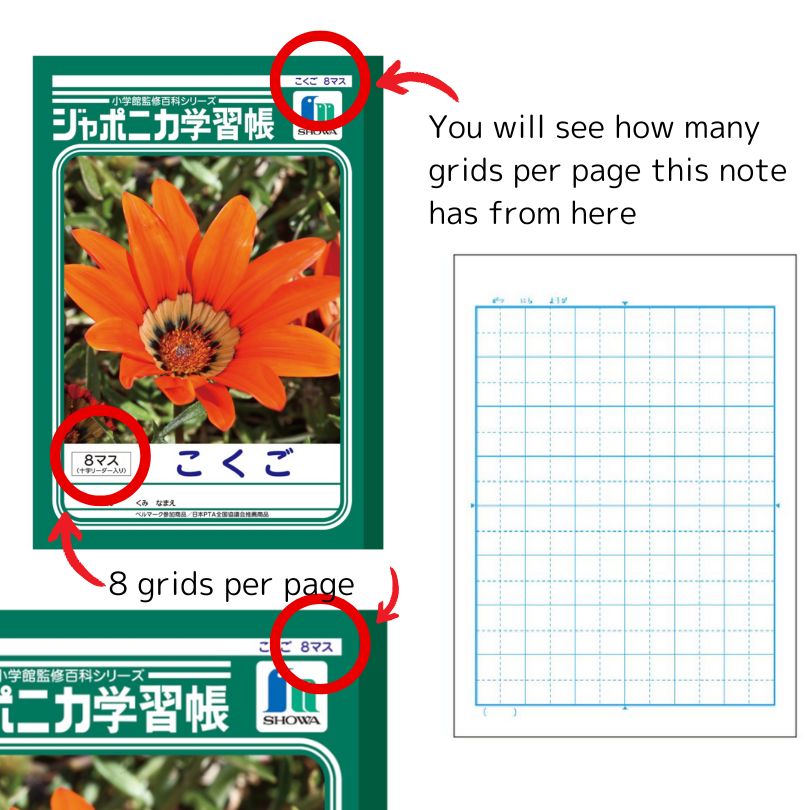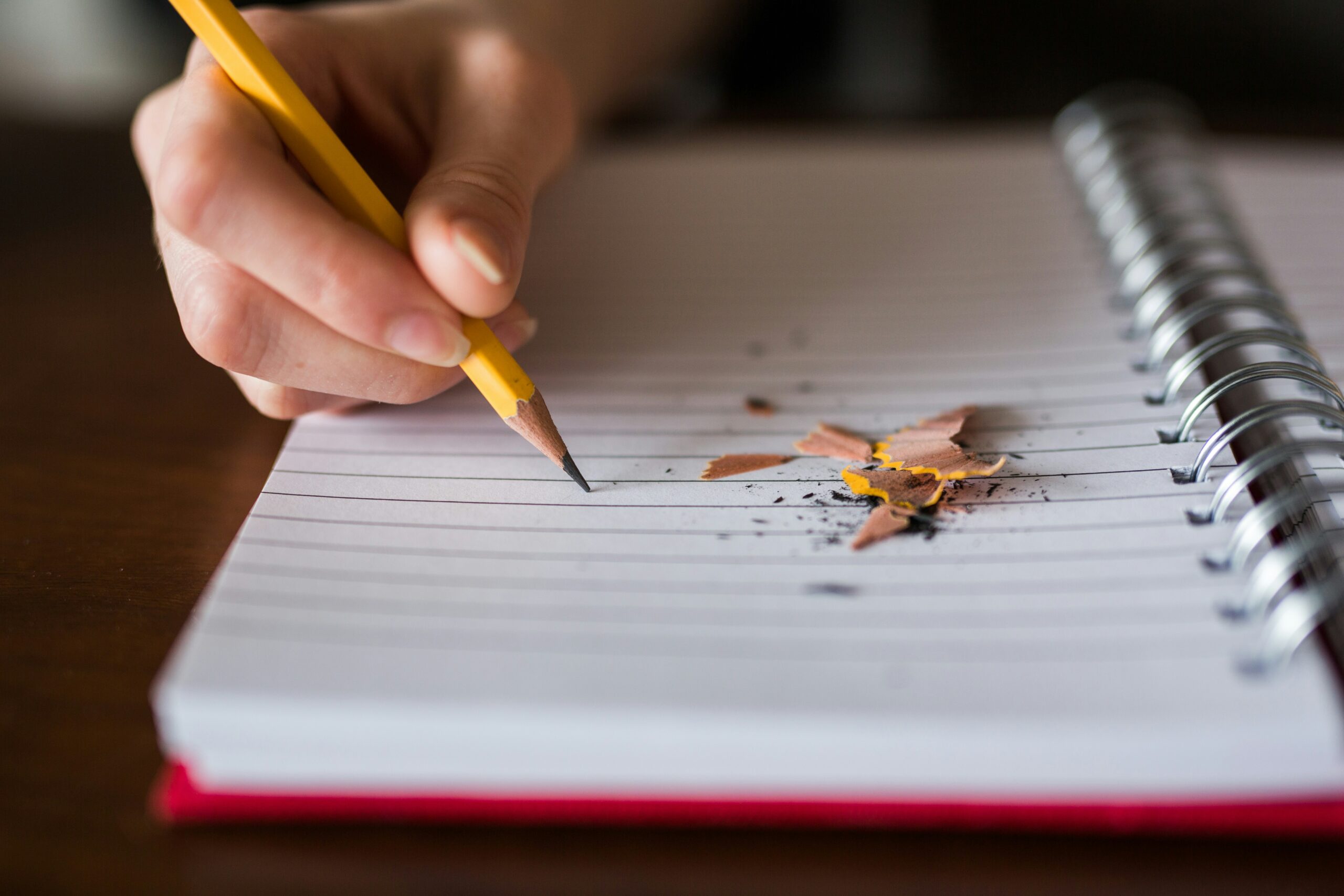Hello! Starting elementary school is a big step for your child. During this time, practicing and providing support at home is essential to build a strong foundation for a smooth transition into school life. This article will introduce practical ways to prepare your child for elementary school.
1. Practicing Hiragana Reading and Writing
Hiragana is the foundation of all subjects, making it an important skill to master. Here’s how you can practice at home:
Recommended Notebook: Use a “KOKUGO Notebook” with 8 grids per page. Depending on your child’s progress, consider 10-grid or 12-grid notebooks. Feel free to consult us for guidance.

Writing Tips:
- Start writing from the right side of the page.
- Write characters from top to bottom.
Practice Suggestions:
Instead of repeatedly writing the same character (e.g., “あああ”), practice writing words and reading them aloud afterward. This helps improve both writing and reading skills.
2. Practicing Numbers and Basic Math
Math lessons in elementary school begin with writing numbers and progress to addition and subtraction.
Recommended Notebook: For clear, organized practice, use a “Math Notebook” with 7 grids per page.

Writing Tips:
- Start writing from the left side of the page.
- Write numbers and equations from left to right.
Practice Examples:
- Practice writing numbers from 1 to 10.
- Write simple addition (e.g., 1+1=2) and subtraction (e.g., 3-1=2) problems.
Encouraging neat writing in notebooks will also help your child develop better handwriting skills.
3. Reading Picture Books Aloud
Reading picture books aloud enhances vocabulary and comprehension.
Recommended Books:
- Start with picture books for ages 2–3 that have short sentences.
- Even books with fewer words are helpful. Repeated reading improves speed and confidence.
Practice Tips:
- Spend about 10 minutes a day reading together. If parents are unable to read, consider using YouTube for audio support.
- Be present while your child reads aloud to provide encouragement and support.
4. Practicing Correct Pencil Grip and Posture

Japanese schools emphasize proper pencil grip and posture, which reduce fatigue during long study sessions.
Correct Pencil Grip:
- Hold the pencil lightly with the thumb, index finger, and middle finger.
- Avoid holding the pencil too close to or far from the tip; aim for an appropriate position.
Proper Posture:
- Sit up straight with your back upright and hips placed firmly on the chair.
- Place both feet flat on the floor, leaving a fist gap between the desk and the body.
- Use the left hand to steady the notebook or paper.
Learning proper pencil grip and posture early is crucial. By making this practice fun, you can turn it into a game.
5. Additional Preparations

Here are other essential skills to practice at home:
- Telling Time: Time management is essential in school life. Teach your child how to read a clock and follow a schedule.
- Organizing Belongings: Children must prepare and organize their belongings in school. Practice packing and tidying their school bag at home.
- Practicing Greetings and Politeness: Communication is key to building relationships with friends and teachers. Encourage your child to practice greetings and saying “thank you” daily.
Building a Strong Foundation for Your Child’s School Journey!
Through these practices, your child will gradually develop the basic skills needed for elementary school. A combination of your child’s efforts and your warm support will be vital to their growth.
If you have any questions or need advice about preparing your child for school, please don’t hesitate to contact us. Let’s work together to ensure your child has a fantastic start to elementary school!
